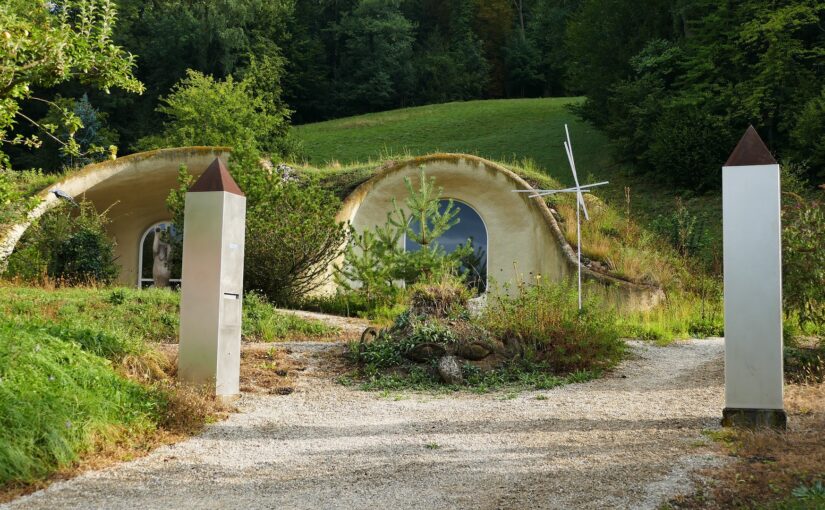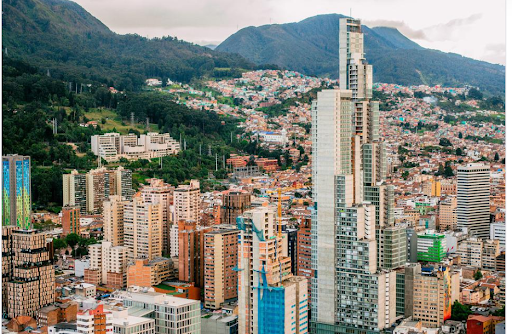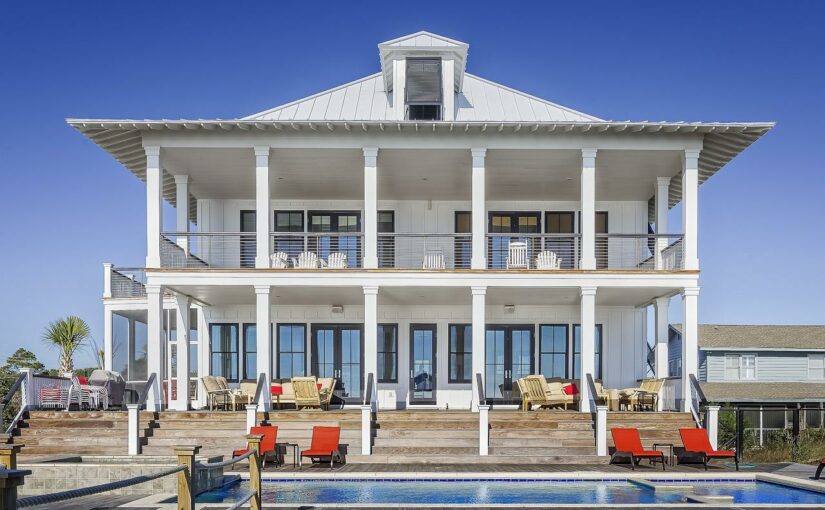Rammed earth houses are a type of construction that has been used for centuries. It is a sustainable building technique that uses locally-available materials and has low environmental impact.
Rammed earth, or some may also call it Adobe Construction, is a technique of building with natural, local materials, such as clay, sand, straw or water. The mixture is compacted to form walls and other structures. Rammed earth houses are durable and long-lasting; they require little maintenance and they provide excellent insulation against heat and cold.
How to Build a Rammed Earth House
Rammed earth is a type of construction that is done by packing earth, sand, and clay together to form a solid mass. The mix is poured into a formwork, compressed and allowed to dry. The mortar that binds the solid mass is either a clay mix or lime putty, and can be made from natural ingredients or manufactured. The Wikipedia article on “Rammed earth” is here.
Rammed earth is one of the oldest building techniques in the world. It dates back to at least 2500 BC with evidence found in the Middle East, Africa, and Europe. The technique was used to build many famous landmarks including the Great Wall of China and parts of the Egyptian pyramids.
Nowadays, rammed earth houses are still being built around the world but they are not as common as they once were.
What are the Benefits of Building with Rammed Earth?
Building with Rammed Earth is a sustainable and environmentally friendly way to build structures. This technique has plenty of benefits, such as being energy efficient and carbon neutral.
In addition to the environmental benefits, Rammed Earth is also an energy efficient building technique. It’s a carbon-neutral building method that can be used in both warm and cold climates.
Rammed earth houses have excellent sound insulation and are fire and pest resistant.
The benefits of using this material for building are numerous. It’s strong, durable, easily available and inexpensive. The only downside to using rammed earth is the amount of time it takes for construction to be completed.
What are the Drawbacks of Building with Rammed Earth?
Rammed earth is a type of building material that is made by compressing layers of soil, gravel, sand and clay into blocks.
The drawbacks of building with rammed earth are primarily related to the high water content in the soil. When it’s used to build with, it will have an adverse effect on the stability of the structure. It also has a low thermal mass which will cause it to heat up quickly and cool down quickly.
Why You Should Consider Building Your Next Home With Rammed Earth
Rammed earth is a type of construction that is made by packing soil, clay, sand and other materials into a formwork. It has been around for centuries, but it is making a comeback due to its sustainable and cost-effective nature.
Conclusion:
Building your next home with rammed earth will be the best decision you have ever made. It will not only save you money on construction costs but also leave behind a legacy for future generations to enjoy.



